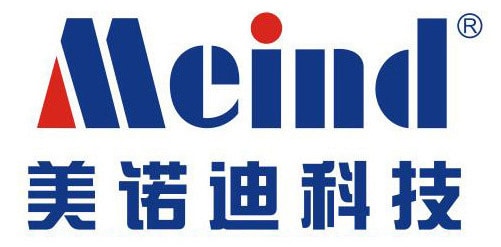How DC/AC Power Inverters Work?Inverter Installation
Inverters are very easy to install.
Most of them are “plug and play” devices, especially smaller, low-wattage inverters. These inverters have a cable with a plug that fits into the cigarette lighter on your car or truck. They’re meant to be portable, so there’s no other mounting to be done.
If you purchase an inverter that allows higher wattages, proper installation becomes a bit more critical.
Below 400 watts, the cigarette lighter connection is still a possibility, but wattages above that require direct connection to the battery.
The inverter’s input cables have clips that can be attached to the terminals of the battery, similar to a set of jumper cables. If the installation is to be permanent, the cables can be bolted to the terminals.
The inverter itself can be mounted anywhere, although it should be in a place with good air flow. Inverters generate a fair amount of heat, and they use cooling fans and heat dissipation fins to prevent overheating.
Larger, heavier inverters have mounting holes in their chassis so they can be bolted to any surface. Obviously, with a permanent installation, you’ll probably want to bolt your converter in place, but this isn’t absolutely necessary. It’s possible to simply place the inverter in a secure, stable position, clip the leads to the battery and plug in.
Just what does an inverter look like, anyway?
Well, the smallest inverters can fit in your pocket, while higher-wattage models are roughly the size and weight of a large dictionary. As a general rule: The higher the wattage, the larger and heavier the inverter. At the top of the inverter wattage scale, some inverters can be more than two feet long and weigh over 30 pounds.
Modern inverters have some built in safety features that make them even easier to use. Some models sound an alarm when the battery’s voltage gets too low. This is more of a convenience, but depending on what sort of equipment you’re powering, it could also be a valuable safety feature. Inverters typically have automatic shut-off capabilities, too. If the unit detects a current overload or an overheating situation, it will shut down to lessen or prevent the chance of a fire. Inverters can also shut off in the event of a short circuit, such as a piece of metal falling into the chassis or the inverter getting wet. Short circuit shut-off is an effective way to prevent electrocution.
